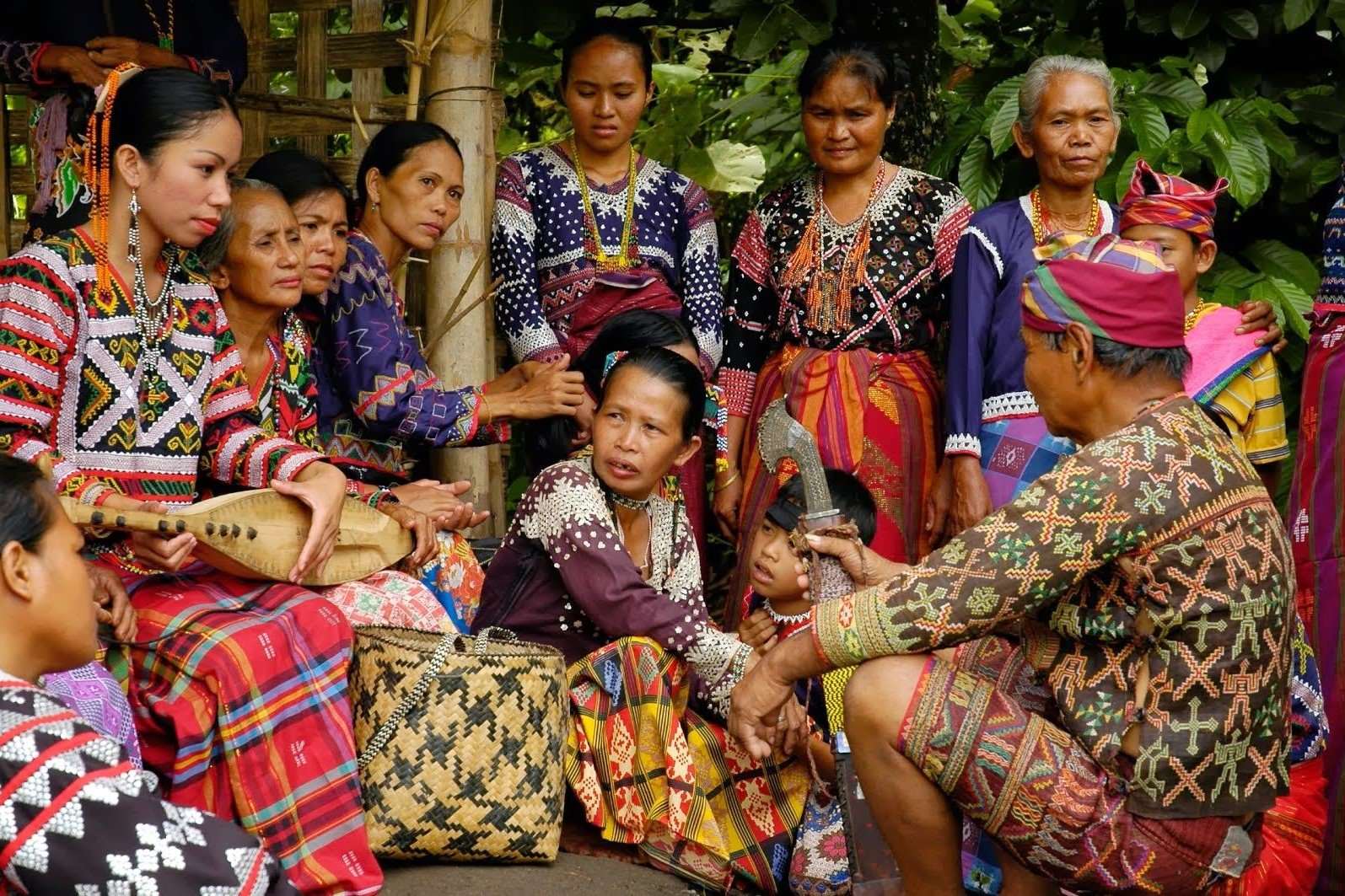Hidden Cultures Of The Philippines: Exploring Indigenous Tribes

Have you ever wondered about the hidden cultures of the Philippines? This beautiful country is home to many indigenous tribes, each with unique traditions, languages, and ways of life. From the Ifugao people, known for their stunning rice terraces, to the T'boli tribe, famous for their intricate weaving, the Philippines offers a rich tapestry of cultural experiences. Visiting these tribes provides a glimpse into a world where ancient customs still thrive. Whether you're interested in traditional music, dance, or crafts, there's something for everyone. Ready to learn more about these fascinating communities? Let's dive in!
Hidden Cultures Of The Philippines: Exploring Indigenous Tribes
The Philippines is home to a rich tapestry of cultures, many of which remain hidden from the mainstream. These indigenous tribes offer a glimpse into the country's diverse heritage, each with unique traditions, languages, and ways of life. Let's dive into some of these fascinating communities.
The Cordillera Tribes
Nestled in the mountainous regions of Northern Luzon, the Cordillera tribes are known for their distinct customs and breathtaking landscapes.
Ifugao
- Famous for the Banaue Rice Terraces, the Ifugao people have a deep connection to their agricultural heritage. Their intricate wood carvings and vibrant festivals reflect a rich cultural history.
Kalinga
- The Kalinga tribe is renowned for their traditional tattooing practices, known as "batok." These tattoos symbolize bravery and beauty, often applied by the legendary tattoo artist Whang-Od.
Bontoc
- The Bontoc people are known for their stone-walled rice terraces and unique headhunting history. Their traditional dances and rituals offer a window into their storied past.
The Visayan Tribes
In the central part of the Philippines, the Visayan tribes showcase a blend of indigenous and colonial influences.
Ati
- The Ati tribe, believed to be the original inhabitants of the Visayas, celebrate the Ati-Atihan festival, a vibrant event filled with music, dance, and colorful costumes.
Suludnon
- Also known as the Panay Bukidnon, the Suludnon people are known for their epic chants called "Sugidanon." These oral traditions preserve their history and folklore.
The Mindanao Tribes
Mindanao, the southernmost island, is a melting pot of cultures, with numerous tribes each contributing to the region's diversity.
T'boli
- The T'boli tribe is famous for their intricate T'nalak weaving, a sacred art form passed down through generations. Their traditional music and dances are equally captivating.
Maranao
- Known for their impressive Maranao architecture, particularly the Torogan houses, the Maranao people have a rich tradition of storytelling, music, and dance.
Yakan
- The Yakan tribe, residing in Basilan, are skilled weavers, producing vibrant textiles with geometric patterns. Their unique language and customs set them apart from other Mindanao tribes.
The Palawan Tribes
Palawan, often called the "Last Frontier," is home to some of the most isolated and unique tribes in the Philippines.
Tagbanwa
- The Tagbanwa people are known for their ancient script and traditional fishing methods. Their rituals and dances, often performed during the Pagdiwata festival, are deeply spiritual.
Batak
- The Batak tribe, one of the smallest indigenous groups, live in the remote forests of Palawan. Their way of life revolves around hunting, gathering, and maintaining harmony with nature.
Palaw'an
- The Palaw'an tribe, also known as the Palawano, are semi-nomadic, practicing slash-and-burn agriculture. Their rich oral traditions and healing practices are integral to their culture.
The Lumad Tribes
The term "Lumad" refers to various indigenous groups in Mindanao, each with its own distinct identity.
Manobo
- The Manobo people are known for their colorful attire and intricate beadwork. Their dances and rituals, often performed during the Kaamulan festival, celebrate their rich heritage.
Bagobo
- The Bagobo tribe is famous for their brasswork and beadwork. Their traditional dances, such as the "Kadayawan," are performed during harvest festivals.
Higaonon
- The Higaonon people, residing in the mountains of Northern Mindanao, have a deep spiritual connection to their land. Their rituals and ceremonies often involve offerings to ancestral spirits.
Embracing the Richness of Indigenous Cultures
Exploring the indigenous tribes of the Philippines offers a unique glimpse into the country's rich heritage. Each tribe, from the Ifugao to the T'boli, showcases distinct traditions, languages, and ways of life. These communities have preserved their customs for centuries, providing a living link to the past.
Visiting these tribes not only enriches your travel experience but also supports their efforts to maintain their cultural identity. Respecting their traditions and learning from their wisdom can foster a deeper appreciation for diversity.
Whether it's witnessing the intricate weaving of the Kalinga or participating in a Mangyan festival, the journey through these hidden cultures is both enlightening and rewarding. By embracing and supporting these communities, we help ensure that their unique heritage continues to thrive for future generations.

